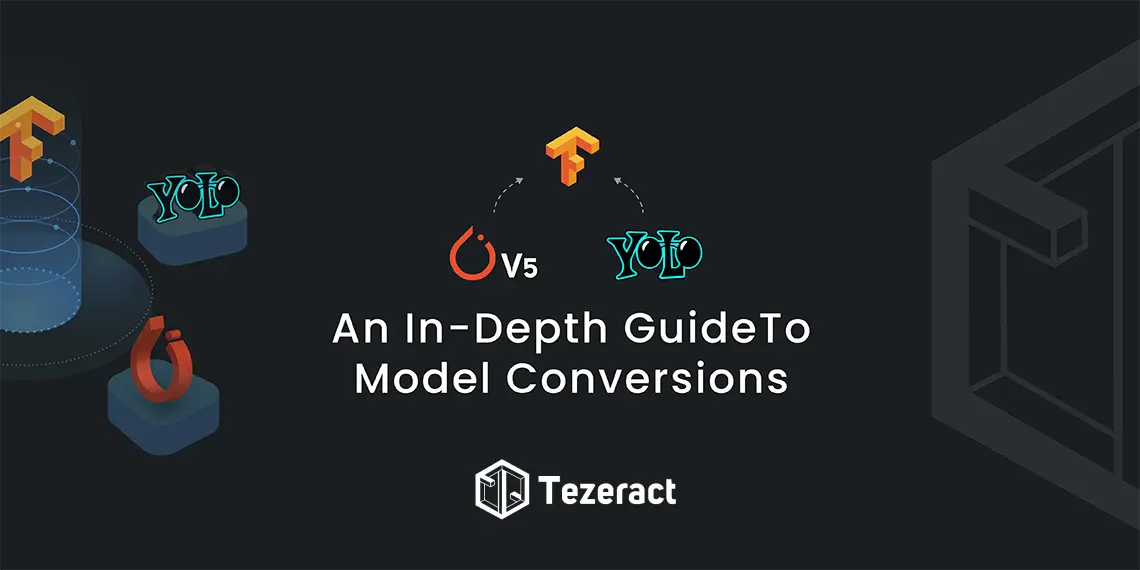Introduction
ReactJS empowers developers to build robust, dynamic user interfaces, yet, like any technology, errors, and bugs are inevitable.
Effective error handling is crucial to ensuring a smooth user experience and helping developers identify and fix issues promptly.
In this article, we will delve into the significance of Error Handling in ReactJS, discuss various methods of error handling, and outline best practices for implementing error-handling strategies in ReactJS applications.
Significance of Error Handling in ReactJS
Error handling is super important for keeping ReactJS apps healthy and stable. Errors can arise from various sources, including coding mistakes, unexpected data inputs, or external factors like network issues or API errors.
When errors happen, like runtime exceptions or network failures, they can mess up the user experience and even crash the app. Good error handling can prevent all that and also give developers valuable information to help them fix problems quickly.
Impact of Error Handling
Error handling in ReactJS is important for a number of reasons.
1- Well-implemented error handling gracefully degrades the user interface, ensuring that the user can still use the application even if there’s a problem. This creates a more positive user experience.
2- From a developer’s perspective, robust error handling simplifies debugging and troubleshooting. With clear error messages and logging mechanisms, developers can quickly identify and fix problems. This is especially important in large-scale applications.
Methods of error handling in React js
ReactJS provides several mechanisms for error handling, each serving specific purposes. Here are some common methods:
Error Boundaries
Error boundaries are like safety nets for your code. They are components that catch JavaScript errors anywhere in their child component tree and log those errors so that they know something went wrong. This way, your app doesn’t just crash and leave the user confused.
React’s componentDidCatch efficiently captures errors in a component hierarchy, eliminating the need for scattered try-catch blocks. To use an error boundary, add the componentDidCatch lifecycle method to your component. This method will be called if an error happens in your component, and you can use it to display a message or provide a way for the user to try again.
Here’s an example using a functional component and the useEffect hook to simulate the componentDidCatch behavior
import React, { useState, useEffect } from 'react';
// ErrorBoundary functional component to catch errors
const ErrorBoundary = ({ children }) => {
const [hasError, setHasError] = useState(false);
useEffect(() => {
const handleErrors = (error, errorInfo) => {
// You can log the error to a service like Sentry or display a user-friendly message
console.error('Error caught by ErrorBoundary:', error, errorInfo);
setHasError(true);
};
// Attach the error handler to the global error event
window.addEventListener('error', handleErrors);
return () => {
// Remove the error handler when the component unmounts
window.removeEventListener('error', handleErrors);
};
}, []);
if (hasError) {
return <div>Something went wrong. Please try again later.</div>;
}
return children;
};
// Your functional component wrapped with the ErrorBoundary
const MyComponent = () => {
const [count, setCount] = useState(0);
// Simulate an error by dividing by zero
if (count === 5) {
throw new Error('This is a simulated error!');
}
return (
<ErrorBoundary>
<div>
<h1>Counter: {count}</h1>
<button onClick={() => setCount(count + 1)}>Increment</button>
</div>
</ErrorBoundary>
);
};
export default MyComponent;In this example:
- ErrorBoundary is a functional component that uses the useEffect hook to attach and remove a global error handler to catch errors.
- If an error occurs in the child components (e.g., when the counter reaches 5), it will be caught by the global error handler, and an error message will be displayed instead of crashing the entire app.
Try-catch Statements
Developers can use traditional JavaScript try-catch statements to handle errors within a specific code block. While this is not specific to React, it’s a fundamental way to catch and handle exceptions.
It consists of a try block, which contains the code that may throw an error, and a catch block, which handles the error if it occurs.
Below is an example of a functional React component using a try-catch statement to handle errors within a specific code block
import React, { useState } from 'react';
const MyComponent = () => {
const [data, setData] = useState(null);
const [error, setError] = useState(null);
const fetchData = async () => {
try {
// Simulate an API call that may throw an error
const response = await fetch('https://api.example.com/data');
if (!response.ok) {
throw new Error('Failed to fetch data');
}
const result = await response.json();
setData(result);
} catch (error) {
// Handle the error and update the state
setError(error.message);
}
};
return (
<div>
<h1>Data Fetching Example</h1>
<button onClick={fetchData}>Fetch Data</button>
{error && <div style={{ color: 'red' }}>{error}</div>}
{data && (
<div>
<h2>Received Data:</h2>
<pre>{JSON.stringify(data, null, 2)}</pre>
</div>
)}
</div>
);
};
export default MyComponent;In this example:
- fetchData is an asynchronous function that simulates fetching data from an API using the fetch function.
- The try block contains the code that may throw an error, such as checking the response status and parsing JSON.
- If any error occurs during the try block, the catch block is executed, and the error is caught and handled. In this case, the error message is stored in the error state variable.
- The component renders a button to trigger the data fetching, and it displays the error message or the fetched data based on the state.
Error Handling in Event Handlers
When you’re working with asynchronous code, like fetching data from an API, it’s important to handle errors in promise chains. You can do this by using the .catch() method to handle any errors that might happen during the asynchronous operation. This way, you can make sure that your code doesn’t crash if something goes wrong.
Here’s an example of a functional React component that demonstrates error handling in an event handler, specifically when making an asynchronous call using the fetch API:
import React, { useState } from 'react';
const MyComponent = () => {
const [data, setData] = useState(null);
const [error, setError] = useState(null);
const fetchData = () => {
fetch('https://api.example.com/data')
.then((response) => {
if (!response.ok) {
throw new Error('Failed to fetch data');
}
return response.json();
})
.then((result) => {
// Process the data
setData(result);
})
.catch((error) => {
// Handle errors in the promise chain
setError(error.message);
});
};
return (
<div>
<h1>Data Fetching Example</h1>
<button onClick={fetchData}>Fetch Data</button>
{error && <div style={{ color: 'red' }}>{error}</div>}
{data && (
<div>
<h2>Received Data:</h2>
<pre>{JSON.stringify(data, null, 2)}</pre>
</div>
)}
</div>
);
};
export default MyComponent;In this example:
- The fetchData function uses the fetch API to make an asynchronous call to ‘https://api.example.com/data’.
- The .then method is used to handle the successful response and process the JSON data.
- The .catch method is used to handle any errors that may occur during the asynchronous operation. If the response status is not okay, an error is thrown and caught in the catch block. The error message is then stored in the error state variable.
- The component renders a button to trigger the data fetching, and it displays the error message or the fetched data based on the state.
Best practices of error handling in ReactJS applications
These are the 7 best practices you can follow for error handling in ReactJS
Always handle errors
Effectively managing errors in your application is crucial, addressing issues arising from both internal factors such as code problems and external factors like network issues or API errors.
Use Error Boundaries Wisely
Put error boundaries in your component tree in smart places. They should only cover the parts of the UI where errors are likely to happen, so the rest of the app can keep working.
Provide Clear Error Messages
When an error happens, show users an error message that they can understand. This helps them figure out what went wrong, and it also gives developers information they can use to debug the problem.
Logs error for debugging
Set up logging on the client side to record errors. If you can, send them to a server for centralized monitoring. Tools like Sentry and LogRocket can be helpful for tracking and analyzing errors in production.
Test Error Scenarios
Actively test your application for error scenarios. Use tools like Jest and React Testing Library to simulate error conditions and ensure that your error-handling mechanisms work as intended.
Isolate and Retry
For network requests, implement mechanisms to isolate failed requests and retry them after a certain period. This can improve the resilience of your application in the face of transient errors.
Graceful Fallbacks
When an error occurs, provide a graceful fallback UI instead of crashing the entire application. This ensures that users still have access to essential functionalities.
Conclusion
In the dynamic world of web development, errors are inevitable. However, how we handle these errors defines the robustness and reliability of our applications. By incorporating these best practices for error handling in ReactJs applications, developers can create applications that not only deliver a seamless user experience but also enable efficient debugging and issue resolution.
Remember, proactive error handling is not just a necessity; it’s a key aspect of building resilient and user-friendly ReactJS applications.























